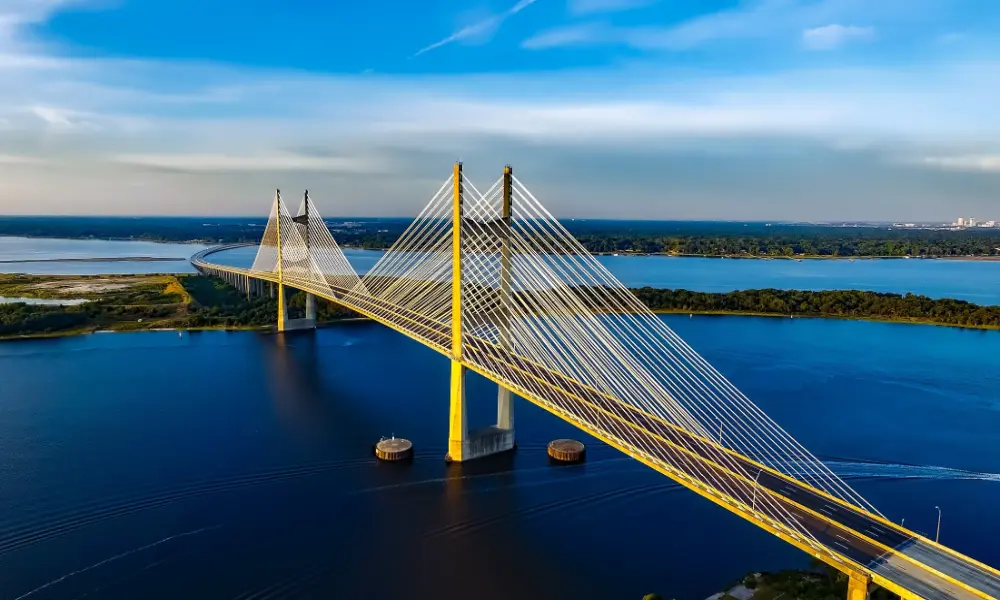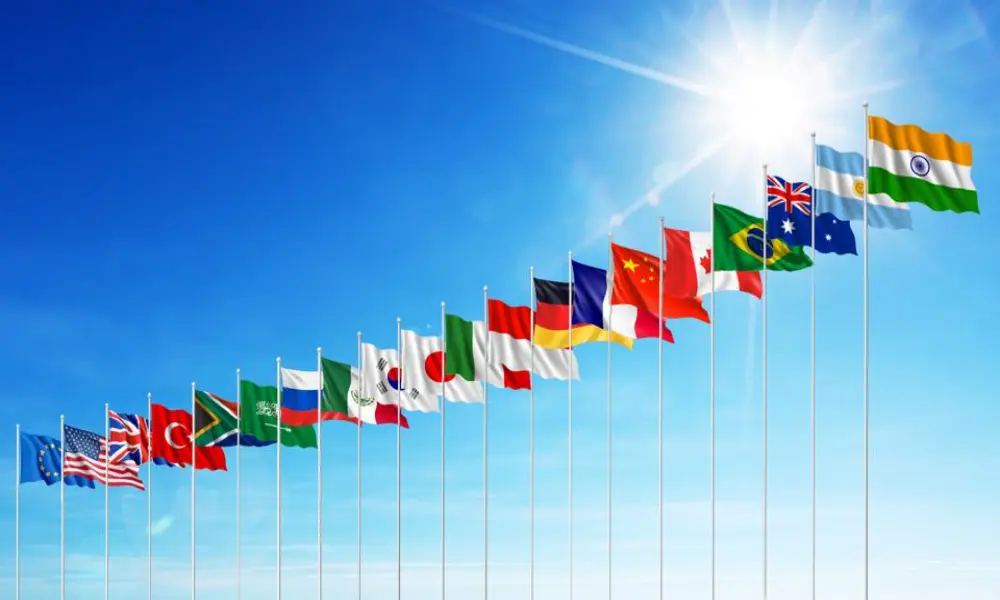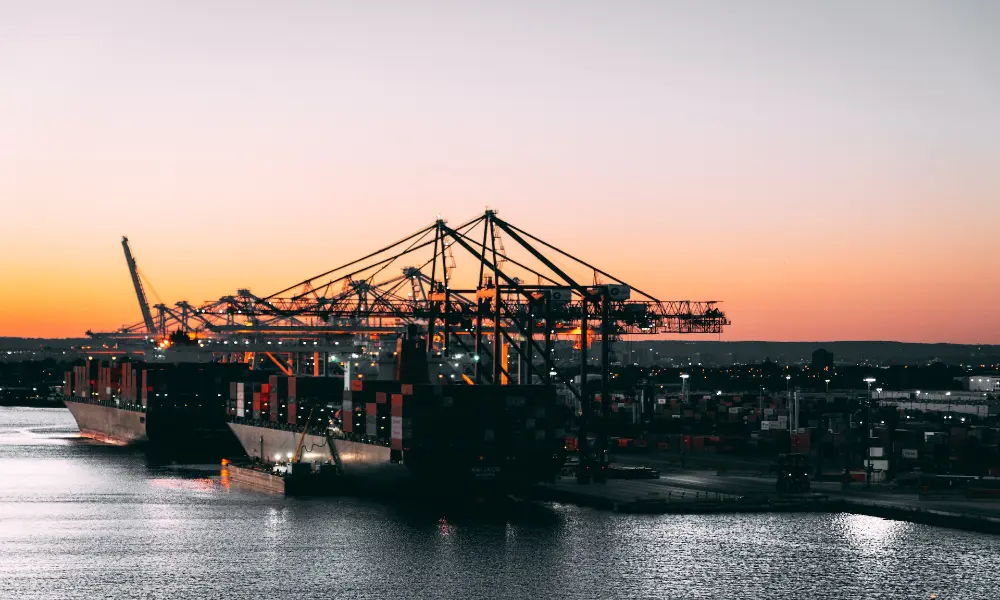Discovering Alternatives: Russia’s New Trade Route
In a quest to diversify its shipping routes, Russia is pioneering a shipment of naphtha via the North Sea Route (NSR). With an installment of 37,000 tonnes, SCF Irtysh, the vessel tasked with the journey, missile the ports on August 5, 2023. Shipping such freight on this route hasn’t occurred since the late 2000s, signaling a new era of Russian strategic positioning. Notably, Gazprom Neft, a substantial Russian oil corporation, is the supplier of this naphtha bounty.
The North Sea Route: Ice Breakers and Trade Breakthroughs
Connecting Russia to its trade partner China, the NSR serves as an Arctic conduit. Although the route is usually an inaccessible pathway due to hard ice conditions, the financial benefits of this route become clear during the summer. The NSR’s journey is 7-10 days shorter than the Suez channel alternative, even factoring in the additional cost of utilizing ice-class ships and icebreakers necessary for traversing the region.
Russia’s Ambitious Goals for the NSR
Russia is aiming for a year-long supply via the NSR starting in 2024 with the aid of ice breakers that will increase the volume of materials transported. President Putin has ambitiously proposed a target of supplying approximately 200 million metric tons via the NSR by 2030. Despite the challenges, the nation managed to move around 35 million tons along this route in 2022, banking predominantly on crude oil, LNG, coal, and metals.
The Emerging NSR Shipment to China: A Step Closer to Ambitious Plans
So far this year, Russia’s oil supplies to China via the NSR have been modest, however, five tankers, loaded from Murmansk, Primorsk, and Ust-Luga ports, have already been deployed to China. While the volumes aren’t as high as anticipated due to Russia’s export cuts and India’s mounting demand, this strategic move aligns with Russia’s long-term vision.
Export Cuts and India: A New Dynamic
In the spirit of cooperation with OPEC+, Russia vowed to decrease its oil exports by 500,000 barrels per day in August and an additional 300,000 bpd in September. As a result, seaborne Urals oil and a substantial quantity of Arctic grades this year have found a significant buyer—India. The EU embargo, which halted Russian oil supplies to European markets last December, has inadvertently led to India becoming a dominant player, and hence, making shipments to India via NSR less appealing.
As Russia navigates through these altercations in its shipping routes and trades, unlocking the NSR might just be the key to fulfilling its strategic and commercial potential.



